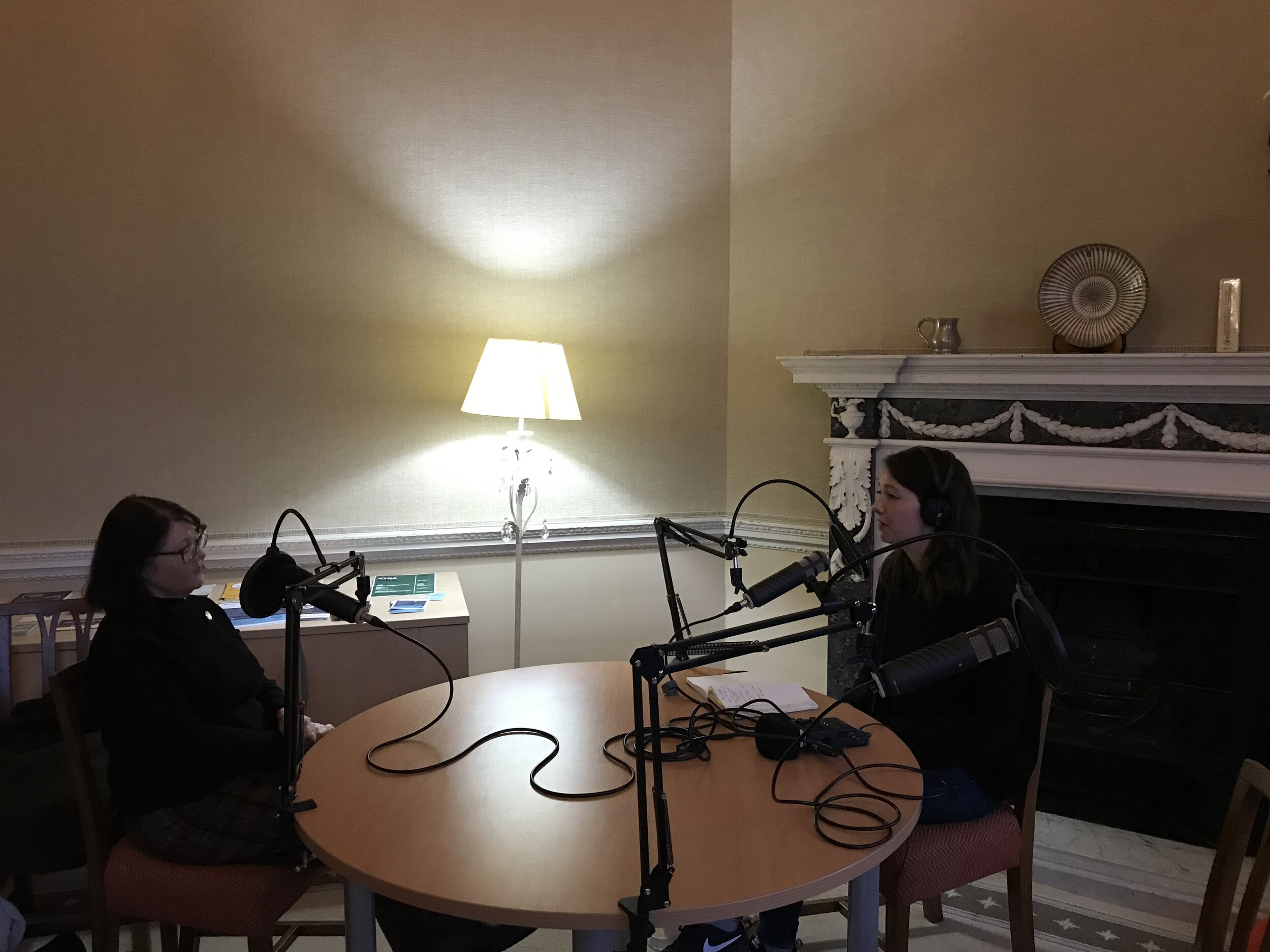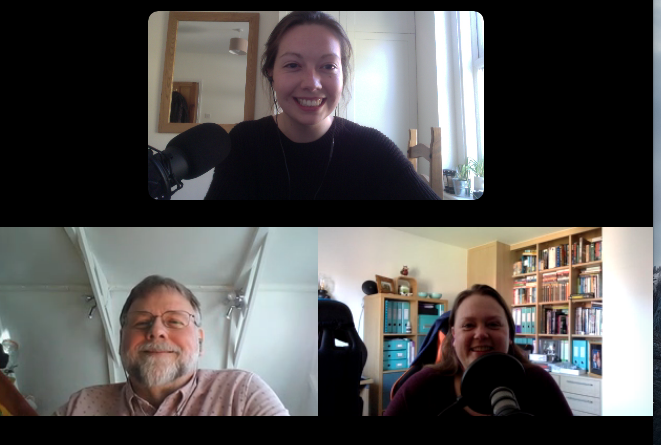Ep 6. Blues and Twos Science: Line of Duty
Listen now:
Forensic ballistics and the ethics of police corruption; this season finishes with a BANG. We speak to Allyson MacVean OBE about the code of ethics that the police use to tackle internal corruption, and then Paul Everington, MD of Wiltshire Ballistics Services, joins us to explain rifling, tracing bullets back to the weapons they were fired from and working out just how much damage a bullet would do to you.
If you were being shot in the Line of Duty, would you hear the gun being fired before the bullet hit you? Of course, we asked that question too.
Meet our guests
Allsyon MacVean
Allyson MacVean OBE, Professor of Policing and Criminology, Bath Spa University. Allyson began her career in the Serious and Organised Crime Unit at the Home Office and has recently been awarded the OBE for services to ethics in policing. She has worked with police forces in England, Wales and Scotland and with the Royal Navy. Who better to talk us through police corruption and ethics?
T: @BathSpaUni | I: @bathspauni | F: @bath.spa.university
Paul Everington
Paul Everington, Director of MS Instruments Ltd and Managing Director of Wiltshire Ballistics Services Ltd. Paul is an electrical engineer who has worked for MSI for over 30 years. We were going to join him at Wiltshire Ballistics to carry out the interview and see the shooting range and testing in action but were unable to in the end (COVID-19 and all that!). Instead Paul talks us through forensic ballistics and the physics of gunfire over Skype!
Episode photo gallery



Episode references (if you fancy some extra reading)
Elphick, C., Hole, G. and Welsh, L. (2019) Pupil changes linked to eyewitness memory strength in police lineups. The Conversation. Available from: http://sro.sussex.ac.uk/id/eprint/87836/3/__smbhome.uscs.susx.ac.uk_tjk30_Documents_The%20Conversation%20article.pdf
Marquette, H. (2019) What can Line of Duty tell us about corruption? Social Sciences Birmingham [blog]. 22 May. Available from: https://blog.bham.ac.uk/socialsciencesbirmingham/2019/05/22/police-corruption-line-of-duty/
Pannucci, C.J., Cyr, A.J., Moores, N.G., Young, J.B. and Szegedi, M. (2018) A ballistics examination of firearm injuries involving breast implants. Journal of forensic sciences, 63(2), pp.571-576.
St Rosemary Institution, (2019) How guns work: Physics. Available from: https://schoolworkhelper.net/how-guns-work-physics/

